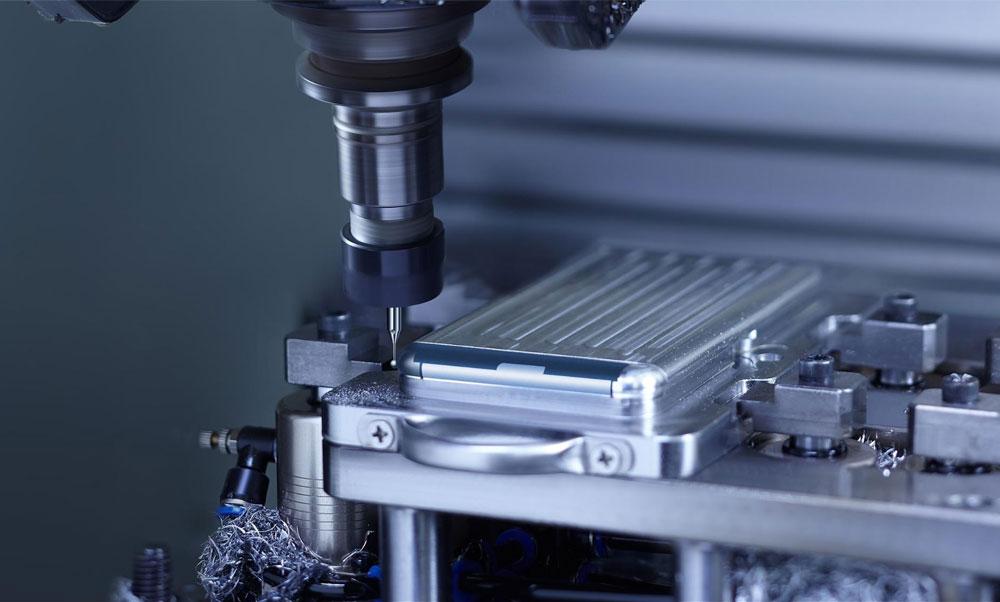Introduction
Wood & Plastic Forming is a cutting-edge manufacturing process that combines the natural aesthetics of wood with the durability and versatility of plastic. This hybrid approach has revolutionized industries such as construction, automotive, and furniture design by offering materials that are both eco-friendly and high-performing. By leveraging advanced techniques like extrusion, co-extrusion, and injection molding, manufacturers can create products that are lightweight, weather-resistant, and cost-effective .
Key Techniques in Wood & Plastic Forming
- Extrusion and Co-Extrusion
Extrusion is the most common method for producing Wood-Plastic Composites (WPCs). In this process, wood fibers and thermoplastics (such as HDPE, PVC, or PP) are mixed, melted, and forced through a die to create profiles like decking boards, cladding, and fencing. Co-extrusion adds a protective polymer layer to enhance durability, UV resistance, and aesthetics .
- Injection Molding
For intricate designs, injection molding is used to shape WPCs into complex components such as automotive trims, furniture parts, and consumer goods. This method ensures high precision and repeatability, making it ideal for mass production .
- Thermoforming and Post-Processing
Thermoforming allows prefabricated WPC sheets to be reshaped into 3D structures, such as curved façade panels or outdoor furniture. However, excessive heat can weaken the material, so temperature control is crucial .
Advantages of Wood & Plastic Forming
- Sustainability
WPCs often incorporate recycled plastics and wood waste, reducing landfill dependency and promoting a circular economy. Their production also consumes fewer resources compared to traditional materials like concrete or steel .
- Durability and Low Maintenance
Unlike natural wood, WPCs resist rot, insects, and moisture, making them ideal for outdoor applications. They require no painting or sealing, significantly lowering long-term maintenance costs .
- Design Flexibility
WPCs can mimic the appearance of natural wood while offering superior moldability. They are available in various colors, textures, and finishes, catering to diverse architectural and design needs .
Applications of Wood & Plastic Forming
- Construction & Architecture
WPCs are widely used in decking, fencing, and cladding due to their weather resistance and structural stability. Innovations like GFRP-reinforced WPC beams have even enabled their use in load-bearing structures.
- Automotive Industry
Lightweight WPC components improve fuel efficiency in vehicles. They are commonly used for interior panels, dashboards, and trunk liners .
- Furniture and Landscaping
From garden benches to modular outdoor furniture, WPCs provide a durable and aesthetically pleasing alternative to traditional wood .
Challenges and Future Trends
- High Initial Costs
While WPCs save money over time, their upfront cost is higher than conventional materials, which can deter budget-sensitive projects .
- Moisture and UV Sensitivity
Some WPCs may degrade under prolonged exposure to sunlight or water. Advances in nano-fillers and UV stabilizers are addressing these issues .
- Emerging Innovations
Researchers are exploring bio-based polymers and smart WPCs with self-healing properties. The integration of carbon fibers and advanced composites is also expanding their structural applications .
Conclusion
Wood & Plastic Forming represents a sustainable and innovative solution for modern manufacturing. By combining the best of both materials, WPCs offer unmatched durability, design flexibility, and environmental benefits. As technology advances, their applications will continue to grow, making them a cornerstone of green construction and industrial design. For manufacturers and builders, adopting WPCs means investing in a future where performance and sustainability go hand in hand .

